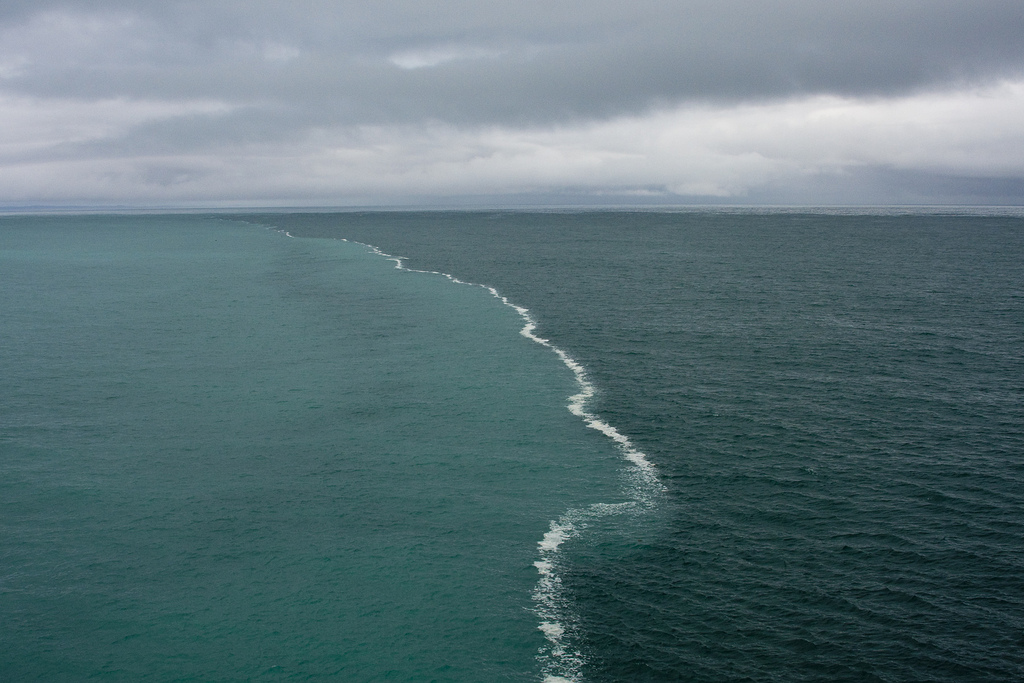Stripping Back the Facts: A Fascinating History of Women’s Bathing Suits

Americans spent over $3.3 million on swimwear for women and girls in 2018. That’s a whole lot of bikinis and one-pieces!
But how did women’s bathing suits get their start? And who came up with the concept of the skimpy bikini, anyway?
Women’s swimwear has only truly been in existence for just over a century, and it has seen many twists and turns since its invention.
Read on to learn about the history of women’s bathing suits.
The Birthday Suit as the Swimsuit
So what did people wear for swimwear thousands of years ago? The answer is absolutely nothing at all!
Although there’s artwork that indicates ancient Roman women wore a two-piece garment that resembles a bikini, there’s no evidence they wore it for swimming.
Swimming and bathing, at the time, was done in the nude.
From the Middle Ages up through the 18th century, it wasn’t really done at all. Bathing wasn’t really in vogue and swimming for recreational purposes was pretty much frowned upon.
Modesty is the Name of the Game
The first “swimwear” for women was created in the 1800s, although it’s a stretch of the imagination to refer to these initial designs as bathing suits. They covered women in fabric from head to toe, so as not to expose any body parts.
Usually, they consisted of two pieces: a long tunic with sleeves, and pantaloons that gathered around the ankles. They were also often made of wool or flannel, so they would get heavy as they soaked up water and extremely itchy.
It’s probably safe to say that this form of bathing really wasn’t very enjoyable at all.
This stayed this way through the early 1900s until a visitor to the U.S. finally started to change the way the public viewed swimwear.
The Swimsuit Slowly Gets Skimpier
A turning point in women’s swimsuit history can be attributed to an Australian professional swimmer and actress named Annette Kellermann.
Kellermann made waves when she showed up on a Boston beach in 1907. Her fitted one-piece bathing suit exposed her arms, legs, and neck.
Kellermann was arrested for indecent exposure as a result, but her innovative swimsuit design made an impact. She began marketing the design as “the Annette Kellermann” and Europe had adopted it by 1910.
Now there was no going back. When women were allowed to compete in swimming in the 1912 Olympics, they wore Kellermann’s suit.
The Roaring ’20s ushered in rayon, silk, and jersey as bathing suit materials. When fashion designer Coco Chanel revealed tanned skin after a Mediterranean cruise, people suddenly wanted to expose more skin to the sun’s rays.
This lead to plunging lines in the backs of swimsuits and two-piece suits. These two-piece designs only exposed a sliver of a woman’s midriff. But things were about to change once again after WWII.
That’s when French designer Louis Reard invented the bikini. He named his design after the U.S. atomic test site Bikini Atoll for the volatile effect the skimpy suit would have on observers.
It barely covered women’s breasts and bottoms but by the 1950s and ’60s, it had been widely adopted on American beaches. Sixties’ pop culture is full of references to Reard’s revolutionary design such as Brian Hyland’s hit “Itsy Bitsy Teenie Weenie Yellow Polka Dot Bikini.”
In 1964, Sports Illustrated debuted its swimsuit edition featuring a model wearing a white bikini on its cover. Since then, the magazine has featured a bevy of supermodels and other beauties showing off the sexiest swimsuit designs each year.
Designs Get Experimental From the Disco Era Onward
By the 1970s, bathing suits were pretty much being made of spandex or lycra. This is pretty much the same types of clothing materials found in workout clothes.
These stretchy fabrics are lightweight, conform to the body’s shape, and dry fairly quickly-something that women of the Edwardian era would have loved to wear!
Bathing suits designers also got more experimental with styles and colors.
The ’70s and ’80s introduced a lot of bright colors including neon shades and graphic patterns into swimsuit designs. Populated animated characters were also seen on 1980s bathing suits.
One-piece suits were being cut higher around the legs as necklines started to plunge at the same time. The monokini, a one-piece that featured cutouts at the sides, was introduced during the 1980s.
In the 1990s, bikinis and one-piece swimwear started to include adornments such as beads and zippers or were made of a crocheted material. The thong bikini, which is not for the faint of heart, made the original 1946 bikini design look downright modest.
Today’s bathing suits and bikinis have come a long way since Annette Kellermann’s original slim suit that created a sensation. No matter what color or style you’re into, you can find swimwear that meets your criteria. Designers are also creating suits that flatter a variety of body shapes and sizes.
Choosing the Right Women’s Bathing Suits for You
A good swimsuit is definitely a summer wardrobe essential. Today pretty much anything goes at the beach or the pool as long you feel comfortable with the swimwear you’re wearing. Today’s manufacturers make a variety of styles including bikini separates, tankinis, one-pieces, and more.
Want to know the difference between some of these modern swimwear offerings? Learn more by checking out this blog post.
Take Your Swimsuit Someplace Interesting
As you can see, women’s bathing suits have come a very long way from their very modest beginnings. If you don’t live near a beach or have access to a pool, perhaps you’re now thinking of traveling to someplace where you can show off your swimsuit.
Check out our interesting places posts for ideas for exotic and interesting locations where you can soak up the sun and put that bathing suit to good use!



